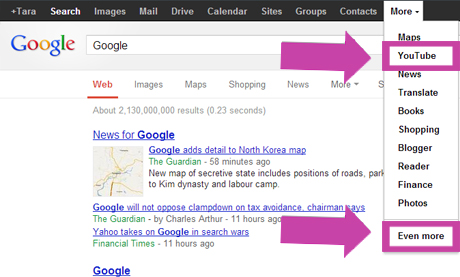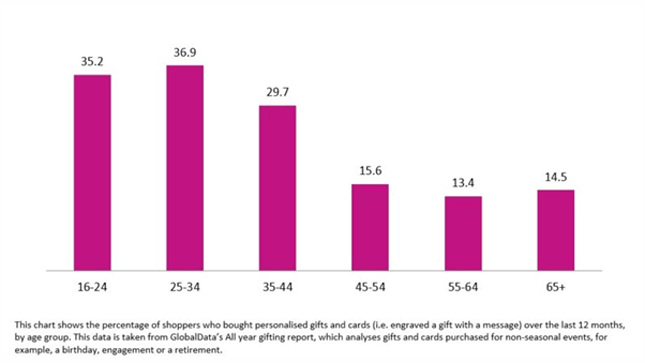We often see brands who have created social media presences, received bad feedback from their customers there and then taken the ostrich approach to dealing with it. Unfortunately sticking your head in the sand will not make it go away and will do a lot more harm to your brand than good.
It is undeniable human nature that people are more likely to complain publicly and praise privately. This means that a customer who has had a bad experience is more likely to search for your Twitter profile and Facebook Page and moan about you than a customer who had a good experience is to recommend you in the same places. It doesn’t matter how good your product or service is, how well trained your staff are or the fact that you go well above and beyond to service your customers, at some point you will receive public criticism/complaints on social networks.
If your customers are on social media platforms then you should be there too, representing your brand and engaging with them.
Social Media Brand Monitoring
It is important to monitor all mentions of your brand on social networks as people may not necessarily find your profile on the network to complain. You should be monitoring all variations of your brand name, including common miss-spellings or variations, for example: ThoughtShift, Thought Shift, Throughtshift, ThoughShift etc.

When there are mentions of your brand that are not citing your profile name you should respond to their problem (or praise) from your brand account. This will:
- Make them aware of your official account
- Bring the situation into your sphere of influence
- Demonstrate to other social media users that you do respond to customers
- Potentially placate a disgruntled customer
Social Media Response Planning
Whether people could complain about product or service quality, value, delivery or after-sales you should consider every eventuality and plan how to respond and placate them.
The key to doing this successfully is through good, detailed social media response planning. This is not too different from PR crisis planning as, without wanting to exaggerate, a miss-managed social media interaction or inappropriate response can lead to much bigger problems for brands. By anticipating every possible interaction that a user may have with your brand, good, bad or otherwise, you can plan appropriate responses. A detailed response plan allows the team managing your social media profiles to respond to most situations in a timely manner, without having to get approval for every post.
Turning A Negative Experience Into A Positive One
If you can win them over, your strongest brand opponent can become a vocal brand advocate. This is where tone of voice and the use of convincing language are essential in your response planning. You should use:
- Positive language, thanking people for their feedback
- Reassuring language, informing them that you are taking their feedback on board
- Assertive language, letting them know how you are going to deal with the situation
Empowering a dissatisfied customer to give feedback and be acknowledged can make them feel valued and cause them to place less emphasis on their negative experience. What is important here is to have the internal escalation processes in place so that this feedback is reviewed and you get back to the initial complainer at a later date to let them know what is being done about the situation. This can also help you to identify weaknesses in your business processes that you may not perceive from inside the organisation.
Avoid, at all costs:

- Ignoring the situation
- Being confrontational
- Antagonising the person
- Giving-in to unreasonable demands
- Encouraging further heated dialogue over an open medium
If you would like to find out more about how ThoughtShift would recommend social media reputation management then please do contact us. Follow my content and social media contributions to the blog to find out more about social media for business.






